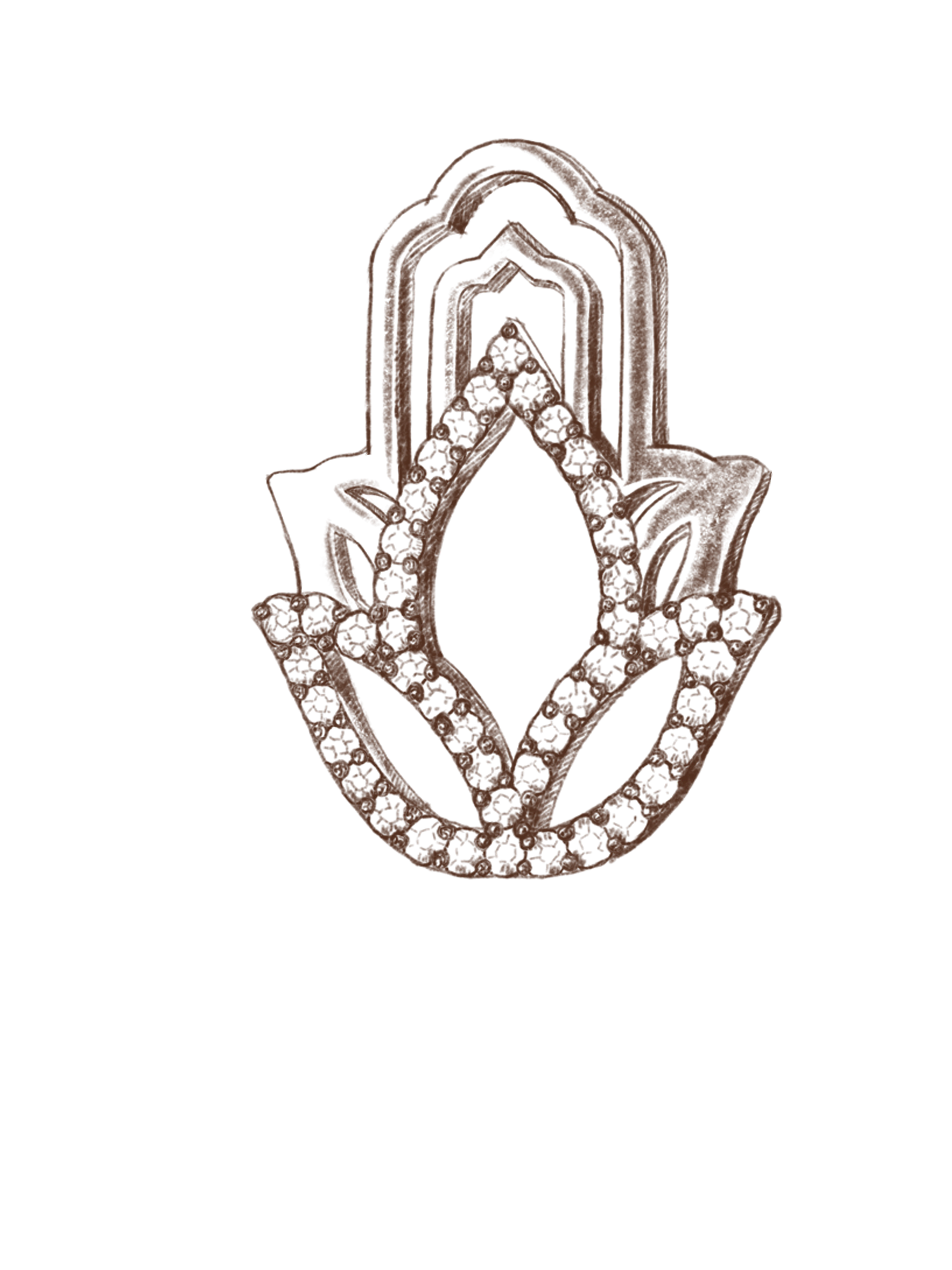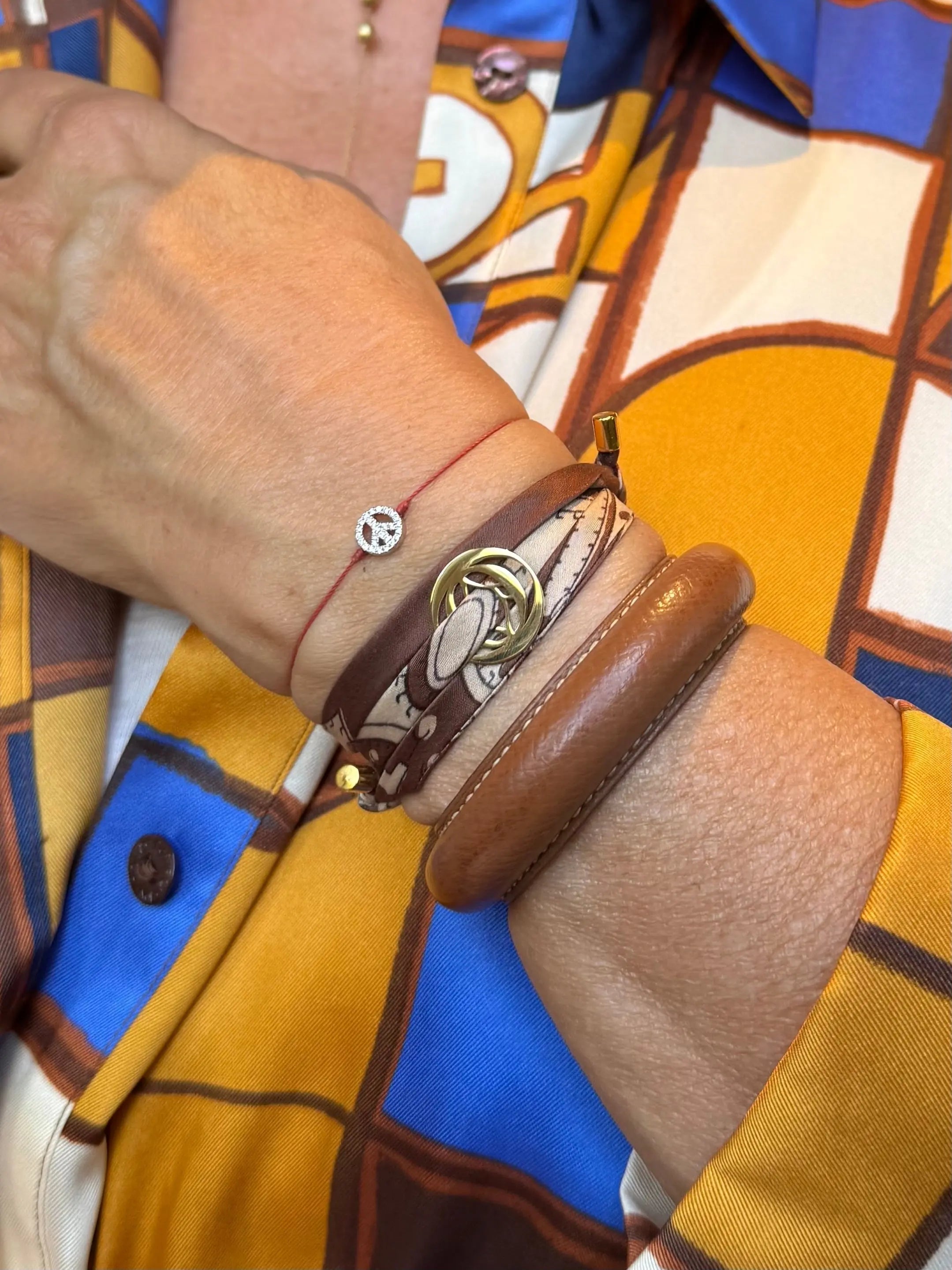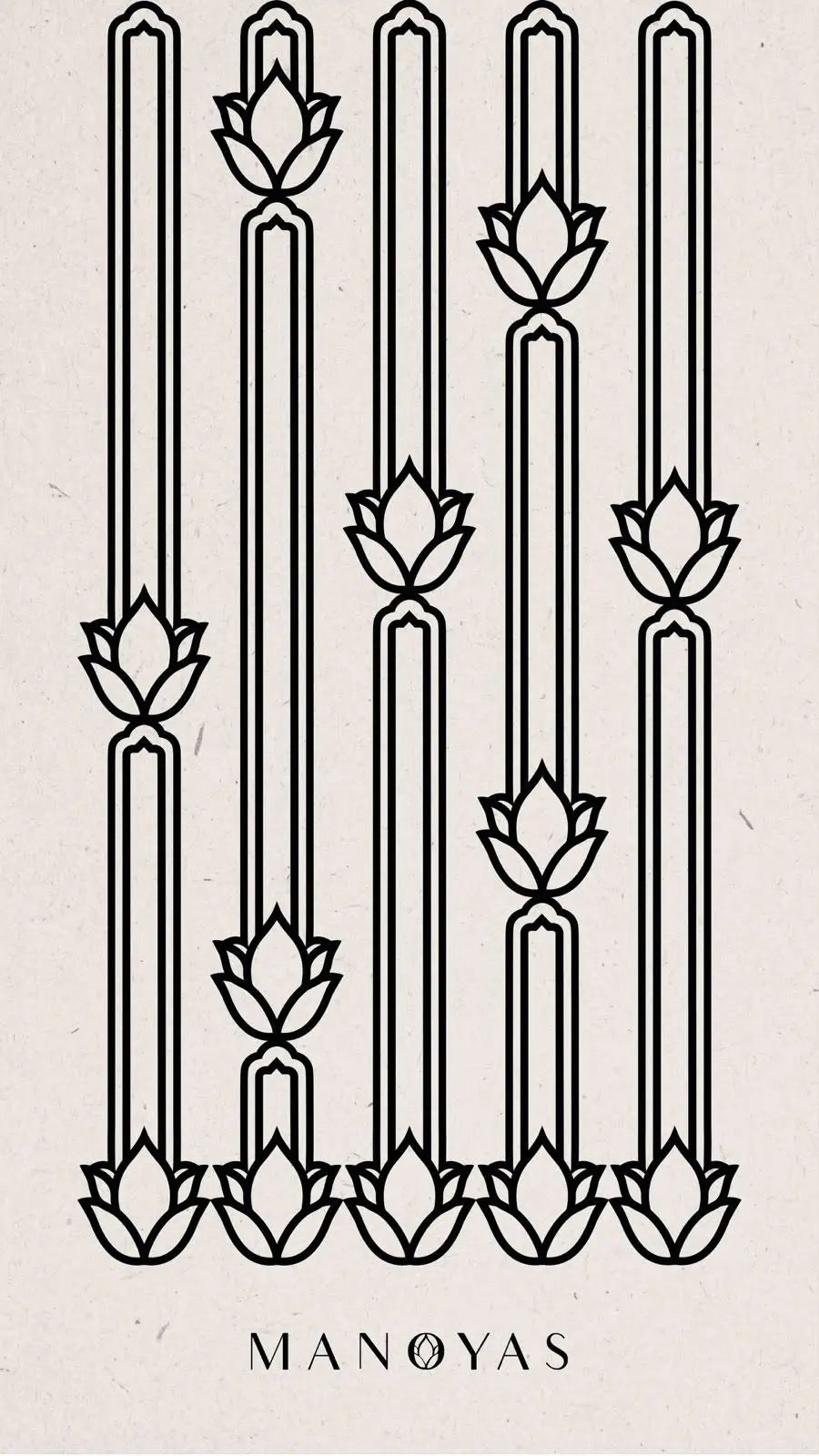The Hand of Fatima: how does Manoyas reinvent it?

My crush on this symbol dates back to childhood. All these gold and silver hands displayed in the windows of Rabat's jewelry stores seemed to whisper to me millennia-old stories, tales of a bygone era where magic mingled with everyday life. Delicate and elaborate, they captured my imagination as a little girl in search of meaning and fascinated by the interest shown by adults in this object. I told myself that they were silent witnesses to magical stories, to a past rich in mysteries and traditions. Each seemed to have a story to tell, a secret to reveal.
Today, I continue to be enchanted by these symbols. They represent the persistence of the past into the present, a timeless connection between past and future generations. Every time I see a hand made of gold or silver, I remember those childhood moments when my imagination was alive, when I yearned to understand the stories and traditions that shape our world.
The choice of the brand name, Manoyas, which means “the hands of Yasmine”, was an obvious first step. A tribute to these gold and silver hands, which so captivated the little girl that I was. The choice of the name, Les ManoYas, for the collection inspired by these hands from my childhood, symbol of my deep connection with the culture and history of Morocco, was the second obvious thing. Manoyas and Les Manoyas carry all the meaning and emotions of my history and my passion for jewelry. Ultimately, we always return to our childhood dreams, to our deep essence.
Manoyas is the desire to create jewelry that celebrates your essence, inspires you and supports you in your quest for transformation. And hands have an intrinsic symbolism and are talismans steeped in history, so it was quite natural that I found in them the ideal way to embody the mission of Manoyas.
What could be better than hands to represent a value, an ideal, a deep aspiration that can communicate your message to the world by making your unique strength, your uniqueness shine brightly?
Originally, the Hands of Fatima took their name from Fatima Zahra, beloved daughter of the Prophet Muhammad. Depending on the country, they are also called hand of Fatma, hand of Mary, hamsa, khamsa or even hand of Miriam, which testifies to their universality. Their meanings and names vary from one belief to another. Depending on the orientation of the fingers, the symbolism is different. Upwards, protection against negative energies. Down: abundance and luck, like a real lucky charm. The hands of my childhood were almost always downwards while the ManoYas are turned upwards in an idea of seeking to rise and awaken for more spirituality. Discovering that in the story, when they are upwards it is for protection against negative energies adds a dimension to all The ManoYas.
In ancient times, they were considered protective amulets against the evil eye and negative energies. Often depicted with open or closed fingers, with an eye in the center, a symbol of vigilance against malevolent forces. In the middle of the palm, in most cases we find a Greek blue eye or a lotus flower, so... so there's no coincidence.
The oldest story of the Hand of Fatima dates back to around 1500 BC. BC, it was for the Phoenicians, the symbol of the revered goddess Tanit, a deity who protected Carthage, the capital city of Phoenicia and present-day Iraq. These people used it to protect themselves from evil or the evil eye.
By doing research I discover a history in the four greatest religions. A historical universality which perhaps explains their great resonance in me (my dual culture, Catholic by my mother and Muslim by my father, my life in India).
In Islam which appropriates it, it has two different meanings. For Sunnis, it represents the 5 fundamental pillars of Islam while Shiites identify it as the 5 members of the sacred mantle.
In Christianity, the hand of Fatima is best known as the hand of Mary. In this context, it evokes the mother of Jesus who is the Virgin Mary and reflects her position in relation to ordinary mortals. With the exception of this talisman, this religion rarely accepts the use of other symbolic objects apart from the cross. This is why Christians remain hesitant about the use of the Hand of Mary.
In Buddhism, the hand of Fatima interacts with the energy centers “chakras”, which circulate in the body. Each finger of the symbol therefore evokes the 5 main sources of energy. This lucky totem thus ensures the balance between each source and chakra.
In Judaism, the hand of Fatima represents the first 5 books of the Torah. It is known as Hamsa and is worn to memorize at all times the 5 senses of worshiping God. This talisman evokes the protective power of Myriam, sister of the prophet Moses.
In reality, their positive universal meaning is taken up by many cultures or religions without ever being a religious symbol. And that’s what makes them powerful, it’s a symbol that brings people together, a symbol of union. One of Manoyas’ values.
Today they have found a place of choice in jewelry stores where they are often found as lucky bracelets but not only that, their influence extends beyond borders and beliefs. They are revered in North African, Mediterranean, Middle Eastern and many other cultures. Each region has its own variations and interpretations of the Hand of Fatima, adding unique artistic and symbolic elements.
Manoyas drew on this rich history and powerful symbolism to create the Les ManoYas Collection. Each “ManoYas” carries a particular force linked to the value it embodies. The first ManoYas offered are Balance, Serenity and Intuition, others will come soon. They allow you to carry your words, your values and your dreams and are the talismans of your soul designed to guide you towards a life rich in meaning and authenticity.
Explore our Les ManoYas collection and discover our creations, designed to help you evoke your inner strength and attract good energies.


